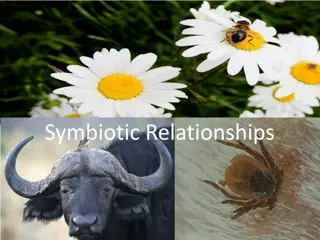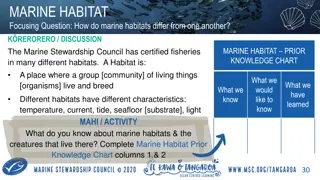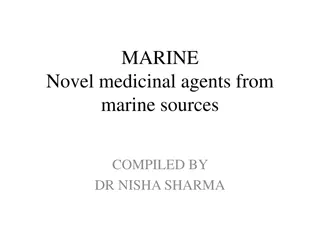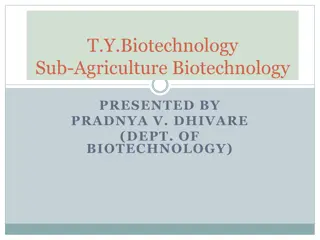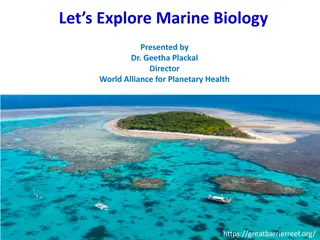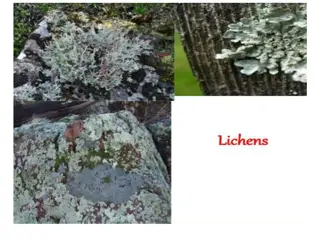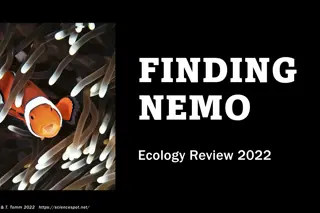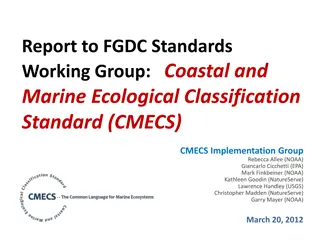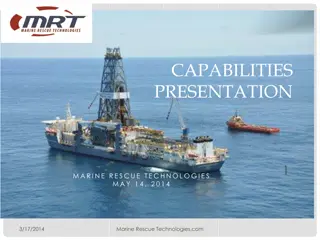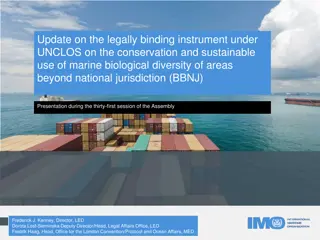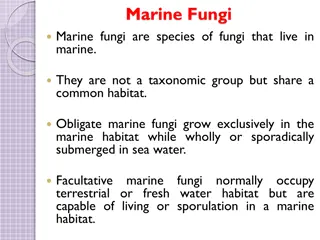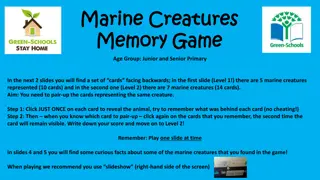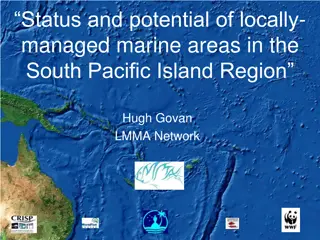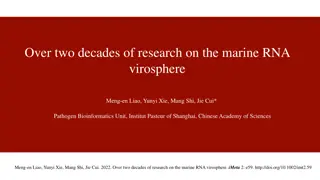Understanding Symbiotic Relationships in Marine Life
Symbiotic relationships in marine life showcase diverse interactions where different species benefit from each other. Mutualism, such as the bond between Clownfish and Anemones, and the partnership between Goby Fish and Shrimp, exemplify how cooperation ensures survival. Additionally, the collaboration between Coral and Algae, as well as the synergy between Damselfish and Cleaner Fish, reveal the interconnectedness and interdependence within marine ecosystems.
Download Presentation

Please find below an Image/Link to download the presentation.
The content on the website is provided AS IS for your information and personal use only. It may not be sold, licensed, or shared on other websites without obtaining consent from the author. Download presentation by click this link. If you encounter any issues during the download, it is possible that the publisher has removed the file from their server.
E N D
Presentation Transcript
Symbiotic Relationships in Marine Life
A relationship between two different species where at least one or both species benefits from the relationship. There are multiple forms of symbiotic relationships.
MUTUALISM In a mutualistic symbiotic relationship, both species involved benefit.
Mutualism Clownfish & Anemones o Clownfish, unlike other fish, have a special mucus that coats their body. This mucus protects them from the venomous stings of the anemone. o Anemones often come under attack by anemone-eating fish. o The Relationship: Clownfish get to live unharmed and safe from predators amongst the anemone tentacles. In return, the territorial clownfish chase off any anemone-eating fish from the area keeping the anemone safe from predators.
o Goby fish need holes to hide from predators in. o Shrimp are blind and can t see a predator approaching. Goby & Shrimp o The Relationship: The shrimp are burrowers so they burrow and maintain holes for both the shrimp and goby to live in. The goby sits watch in front of the burrow and whenever he sees a predator he darts into the burrow while the shrimp burrows deeper. The shrimp always maintains contact with the goby s tail. When the coast is clear, the goby wiggles its tail alerting the shrimp that is safe to come out of the burrow.
Coral and Algae o Coral reefs are needed throughout the ocean to provide habitat for many plants and animals. o Corals need ways to create essential body compounds and a way to remove their waste. o Algae need shelter and a way to collect nutrients needed to complete their photosynthesis. The Relationship: The coral provide a habitat for the algae to live in and the necessary compounds for their photosynthesis. The algae remove waste from the coral and also provide it with the necessary compounds it needs to be healthy. The algae also produces oxygen for the coral to use. Together the two form a great recycling system.
o Cleaner fish are usually prey for larger fish. One of their favorite foods are gnathiids, a parasite of damselfish. o Damselfish and other fish pick up the gnathiid parasites. Scientists have found the heaviest load of these parasites exists in fish in the early morning. Damselfish and Cleaner Fish The Relationship: As soon as damselfish awake in the morning they head to a cleaner station. At this station, the cleaner fish eats away the damselfishs gnathiid parasites and lightens the Damselfish s parasite load. In return for its cleaning services, the cleaner fish is not eaten by the damselfish and its payment is some delicious gnathiids for breakfast.
COMMENSALISM In a commensal symbiotic relationship, only one species is benefited. The other party is neither helped or harmed.
Commensalism Whales/Turtles & Barnacles o Barnacles are usually fixed to inanimate objects like rocks. o Whales and turtles are migratory animals traveling great lengths throughout the ocean. The Relationship: Barnacles attach themselves to whales and turtles for a free ride. They are able to travel through great nutrient rich waters they normally would not be able to access. The providers of the free ride are not harmed nor benefit from the process.
Coral & Fish o Coral can be found all over the ocean. o Fish need places they can hide from predators. The Relationship: Fish have found that coral make great hotels. Multiple fish can live in coral where they are better protected from their predators. The coral are neither harmed or benefit from their fish inhabitants.
PARASITISM In a parasitic symbiotic relationship, only one species benefits and the other species is negatively affected.
Parasitism Isopods and Fish The Relationship: Isopods are essentially fish lice. They adhere to fish and suck off mucus membranes, blood, and tissue. The host fish is harmed and could die from the effects of multiple fish lice.
Toxoplasma gondii & Marine mammals The Relationship: T. gondii is a parasite known to infect land mammals, like feral cats and opossums. Cats are the only known species of land mammals known to be able to transmit the parasite s oocyte, the infective form of the parasite, through their feces. This feces is being washed into water supplies and is now reaching the ocean. There is now a major problem with the oocytes getting into marine food supplies and causing mortality in marine mammals like sea otters, sea lions, and dolphins.
Lets tie it all together with a review Untamed Science video



